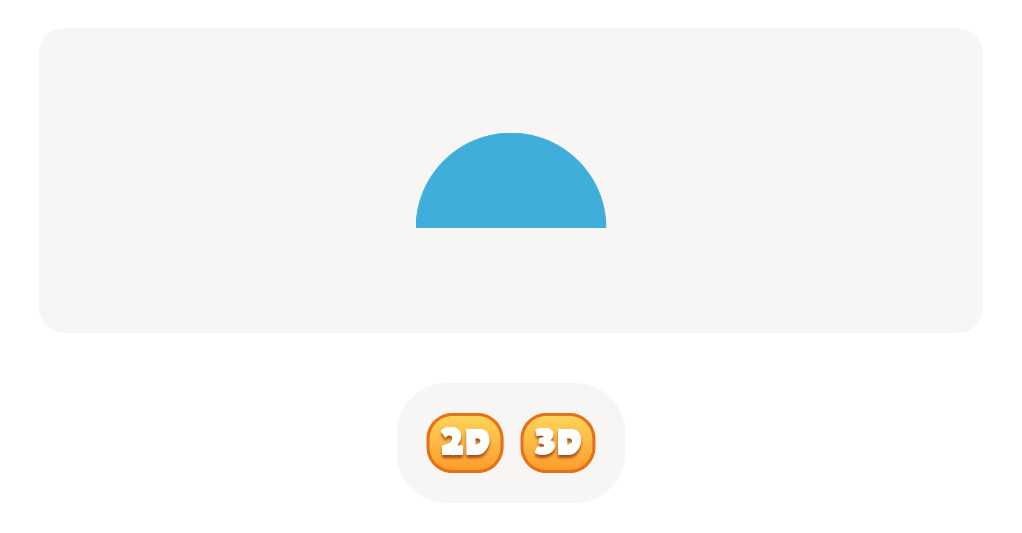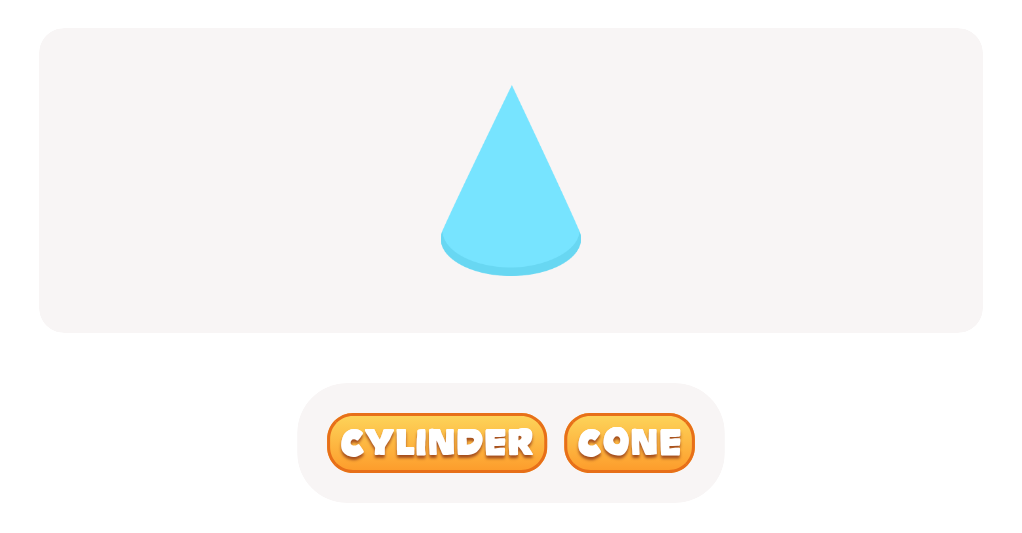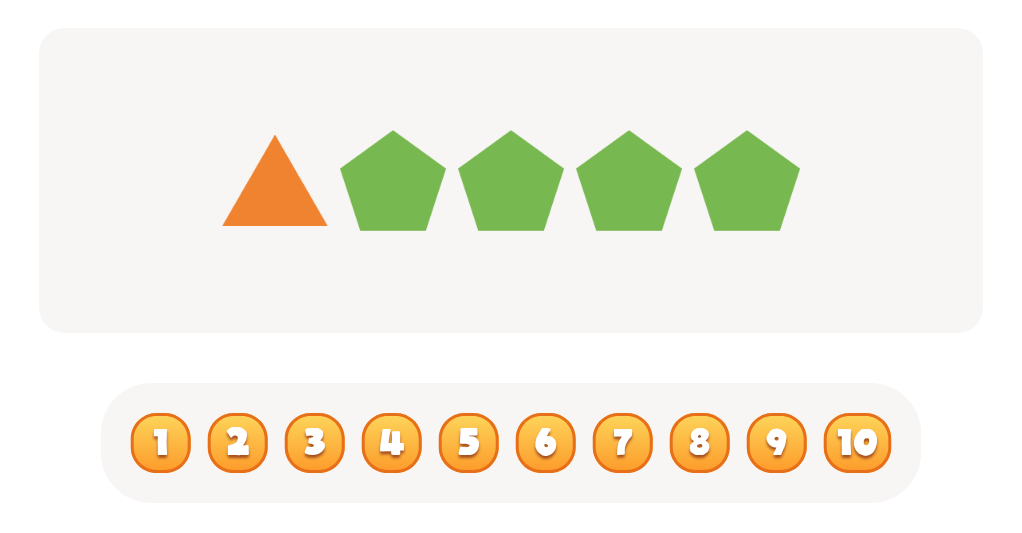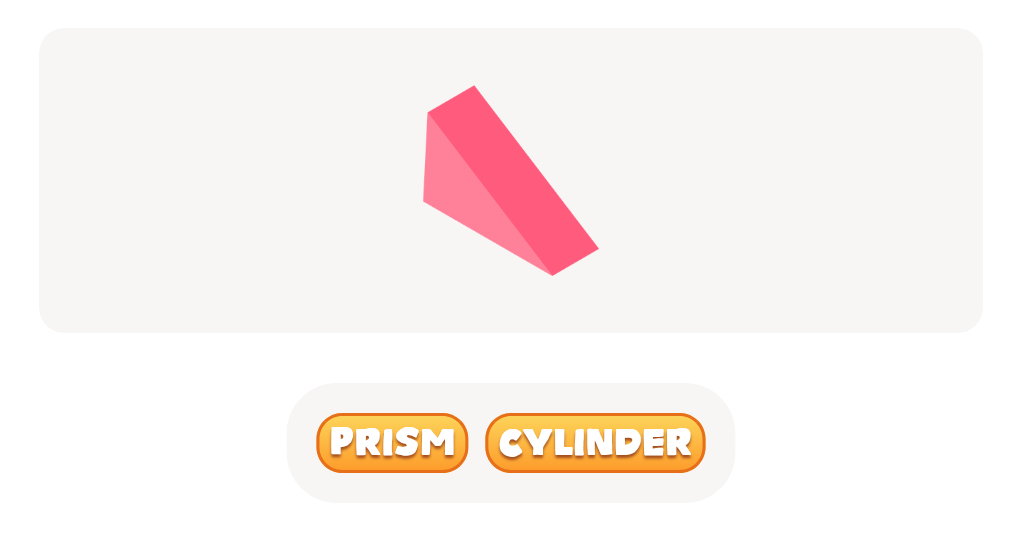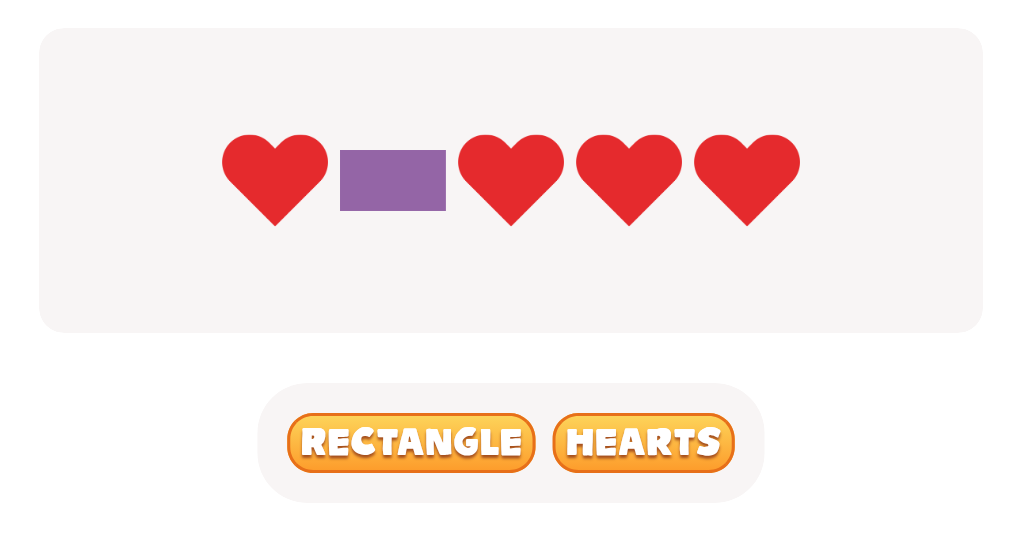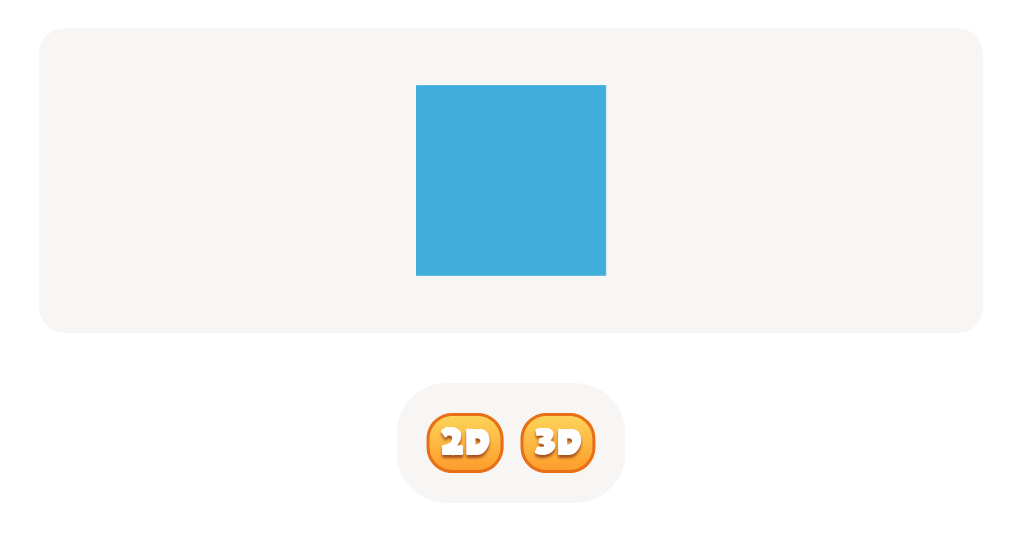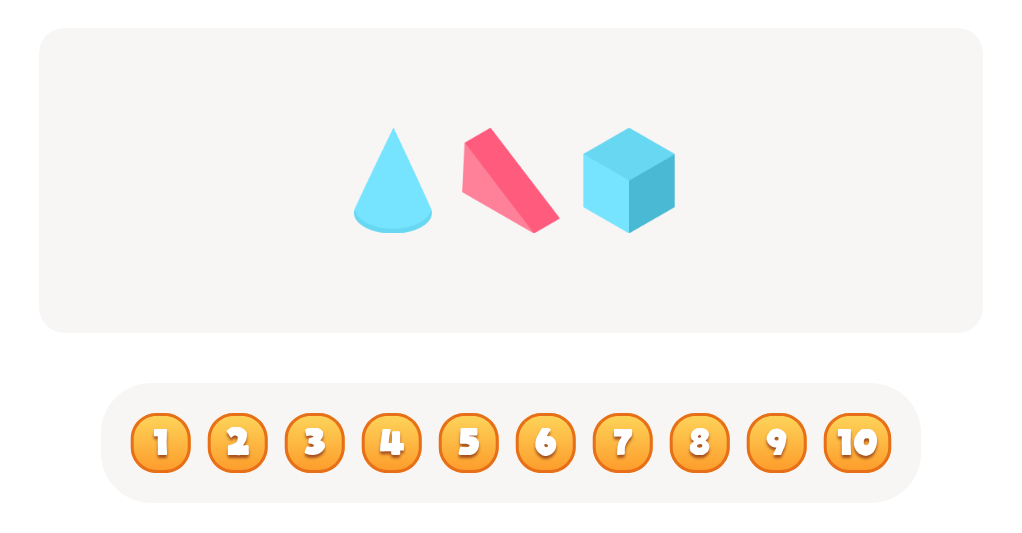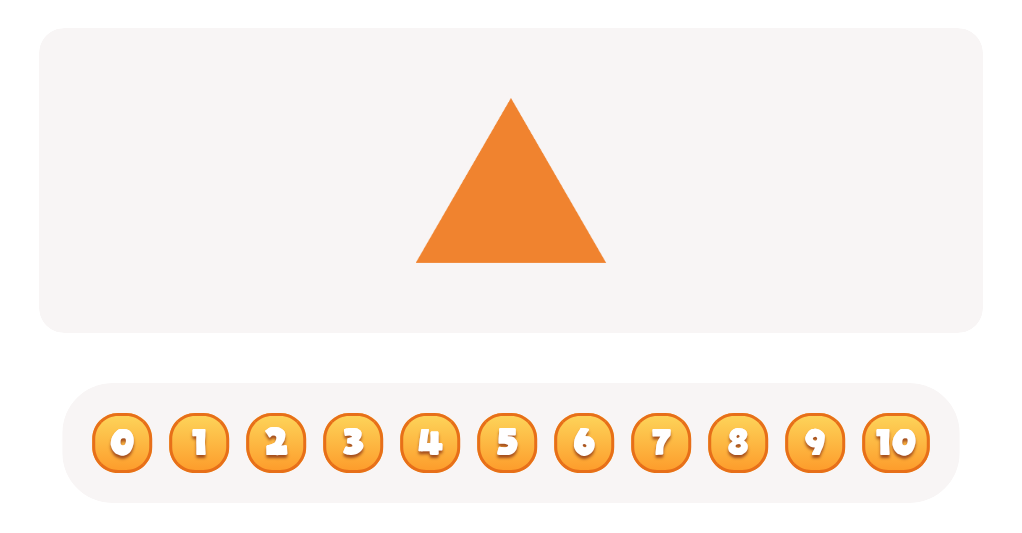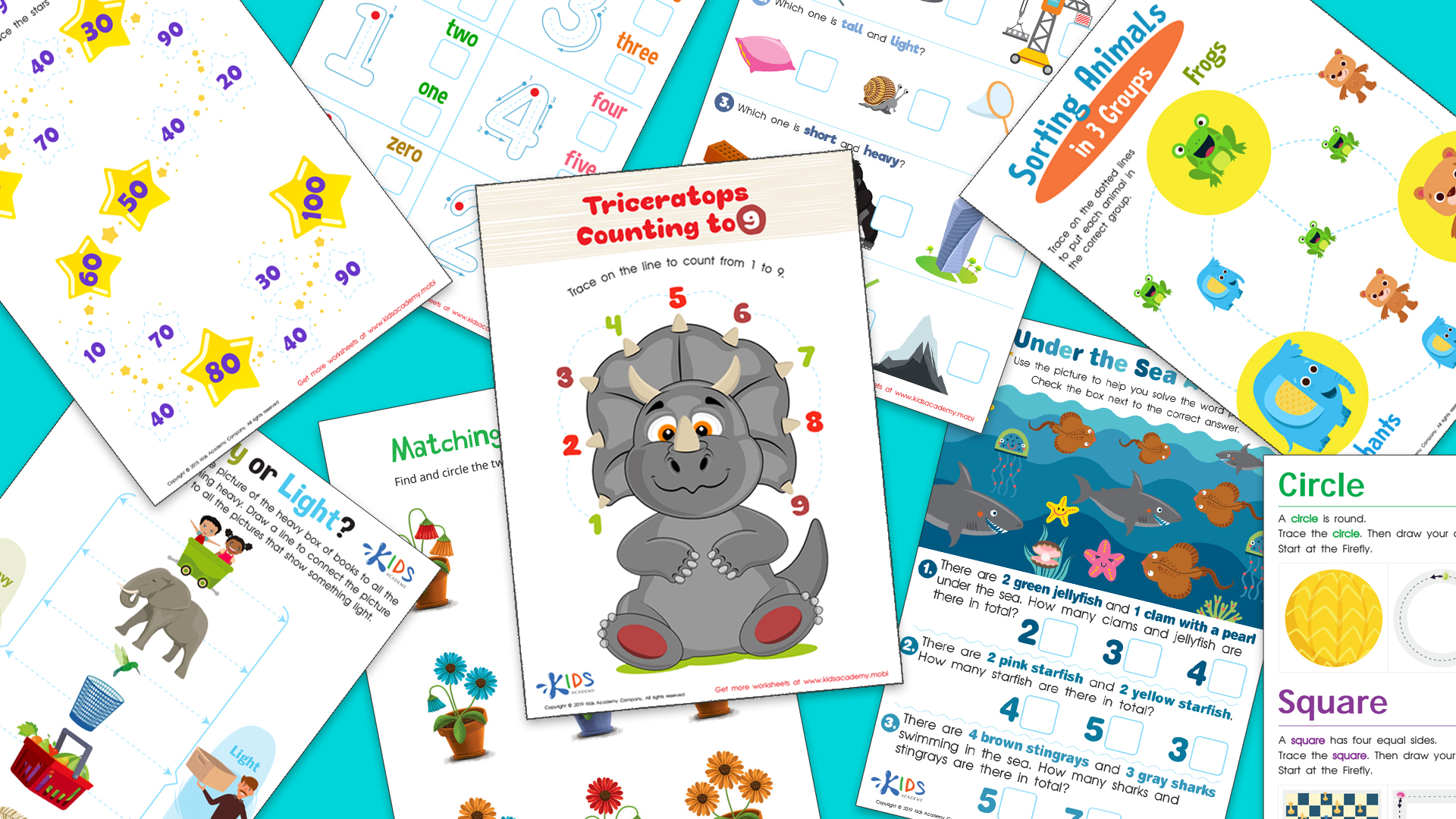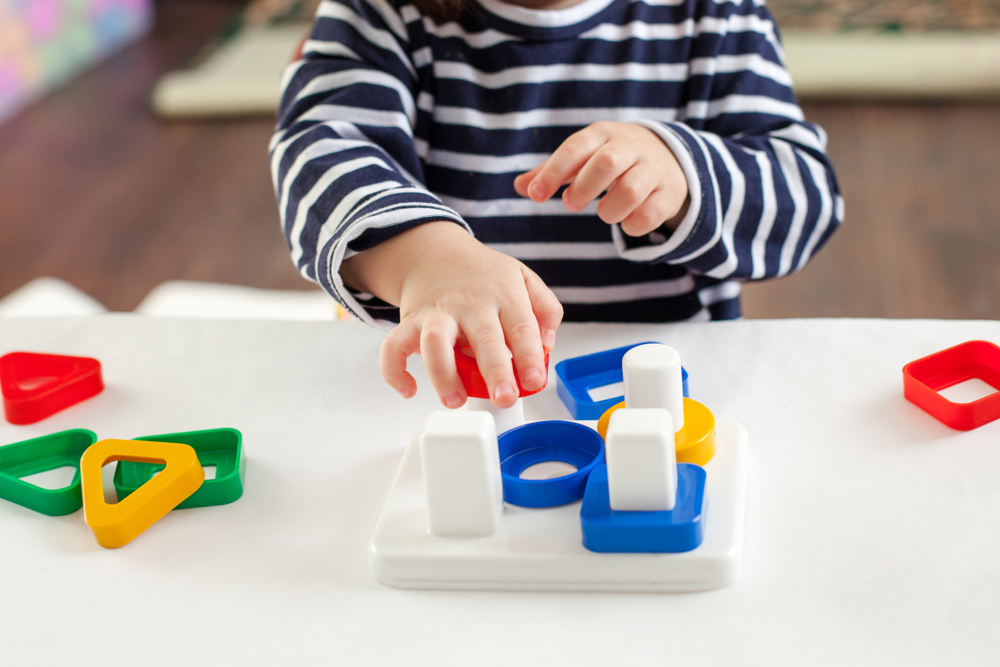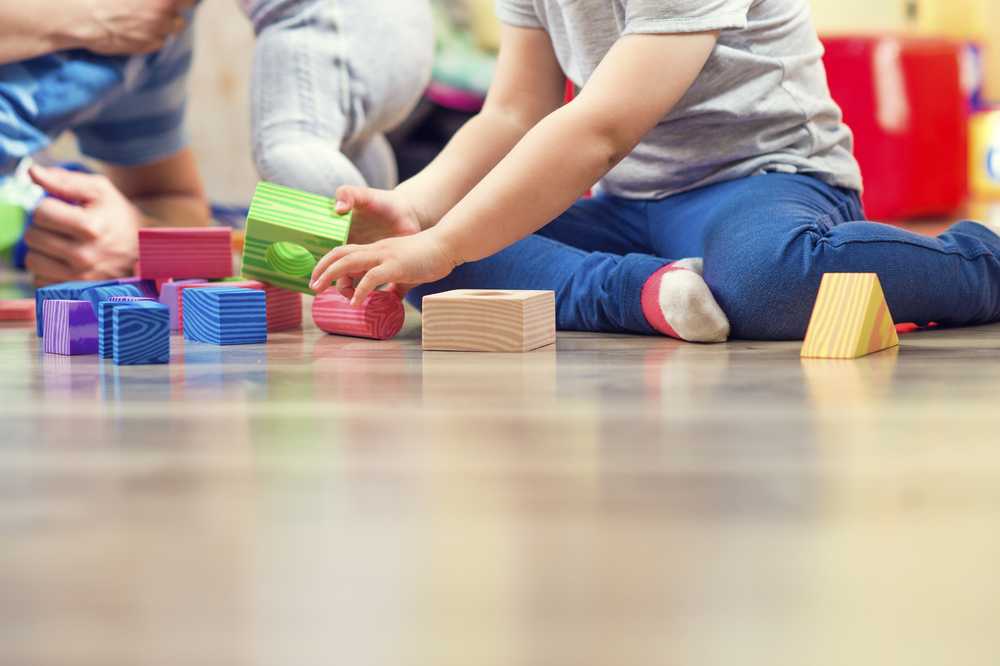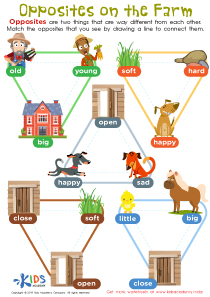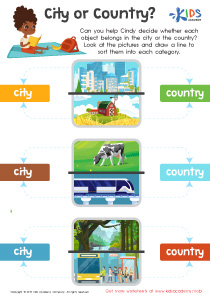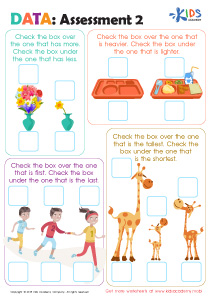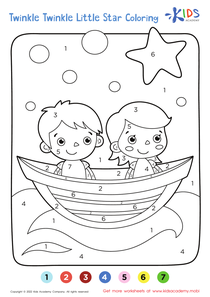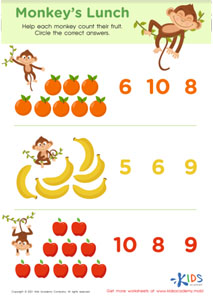Visual perception Geometry Worksheets for Ages 3-8
5 filtered results
-
From - To
Unlock your child's cognitive potential with our engaging Visual Perception Geometry Worksheets designed for ages 3-8. These worksheets promote essential visual skills, helping young learners recognize shapes, patterns, and spatial relationships while fostering their imagination. Our fun and interactive exercises encourage kids to explore geometric concepts through colorful visuals, puzzles, and hands-on activities that make learning enjoyable. With a variety of difficulty levels, these worksheets are perfect for preschoolers and early elementary students, ensuring a solid foundation in geometry. Start your child's journey in mastery of visual perception and geometry and watch their confidence soar! Perfect for home or classroom use.
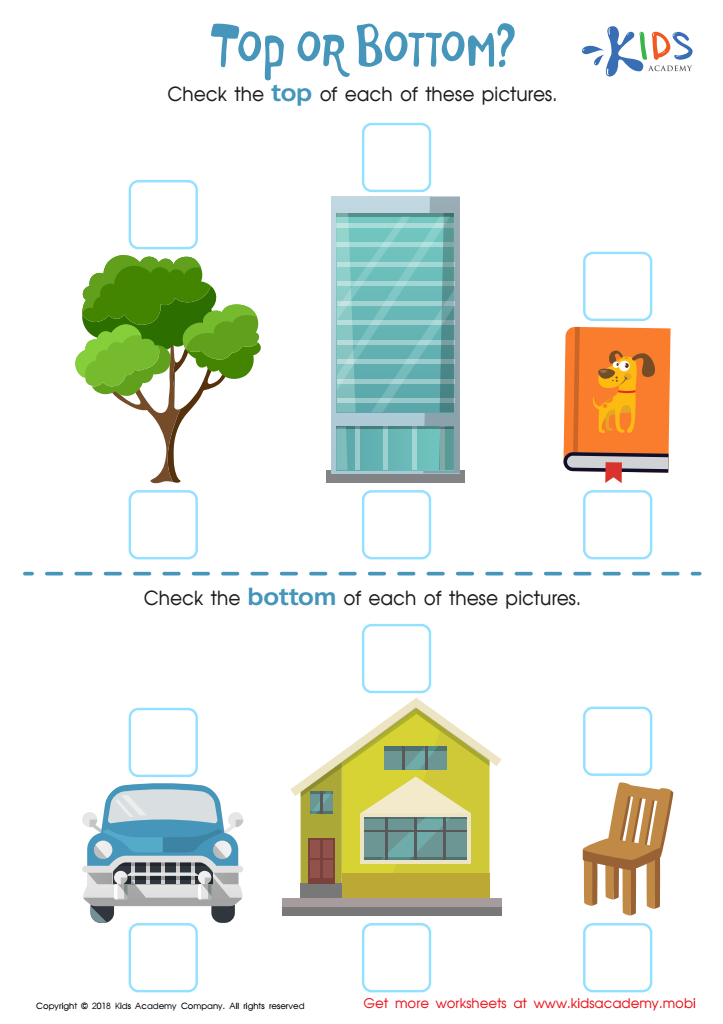

Top or Bottom Worksheet
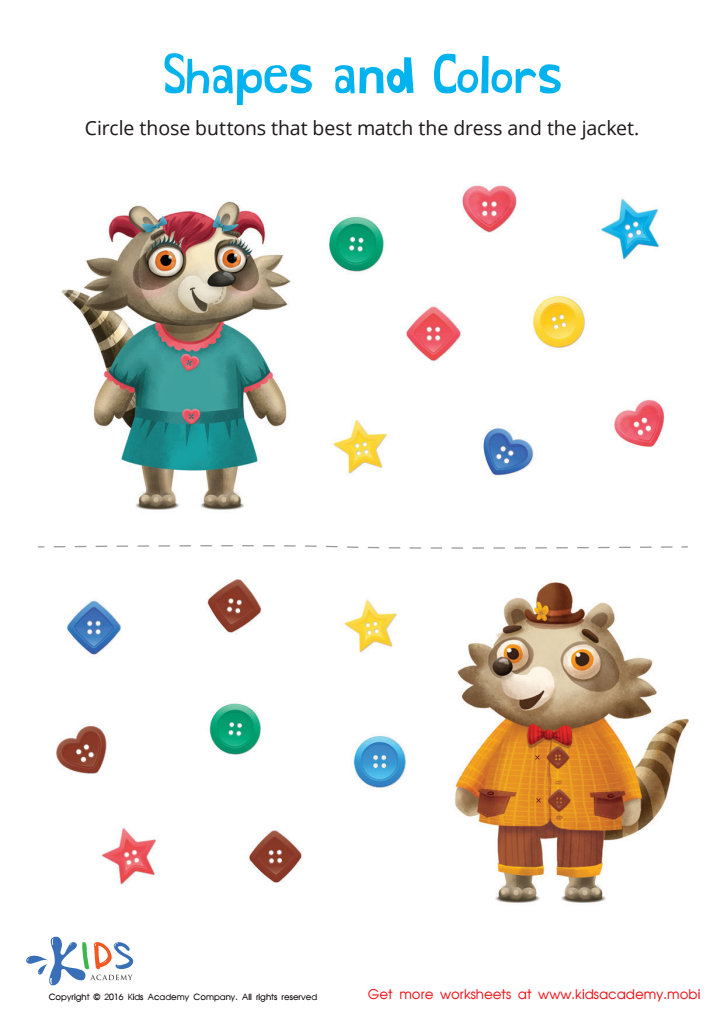

Matching: Shapes and Colors Worksheet
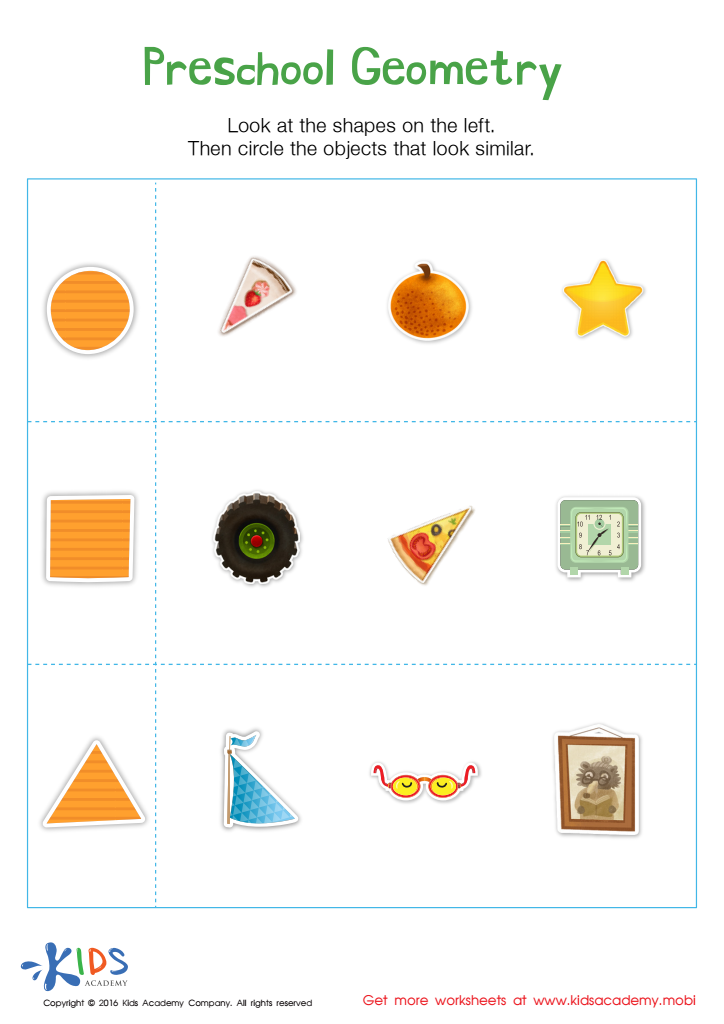

Preschool Geometry Match Up Worksheet
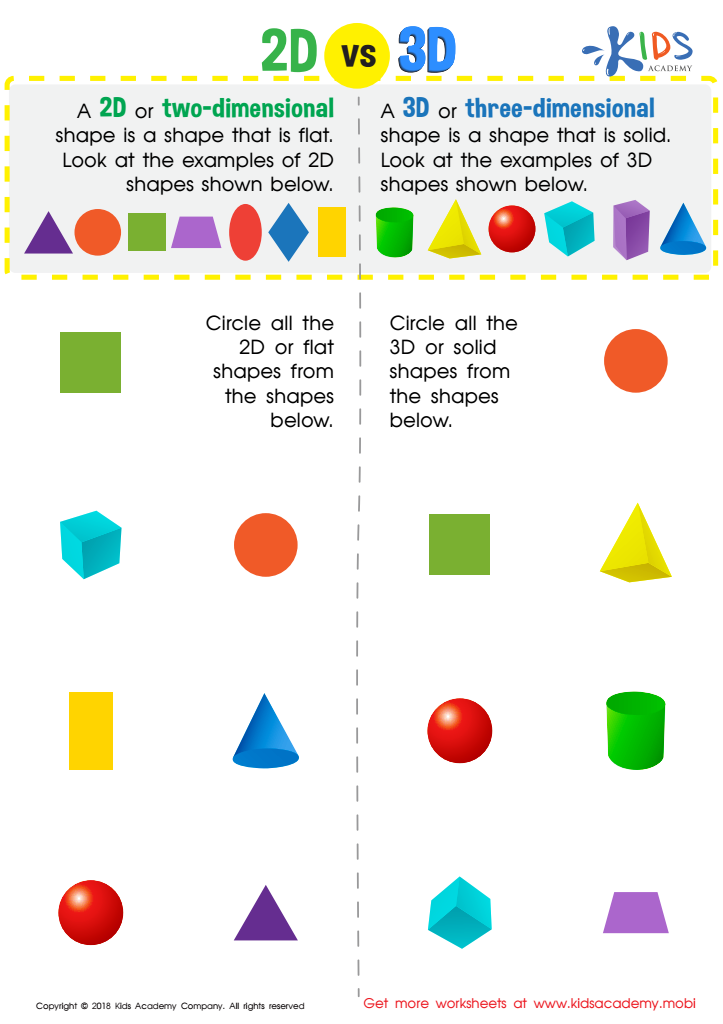

2D vs 3D Shapes Worksheet
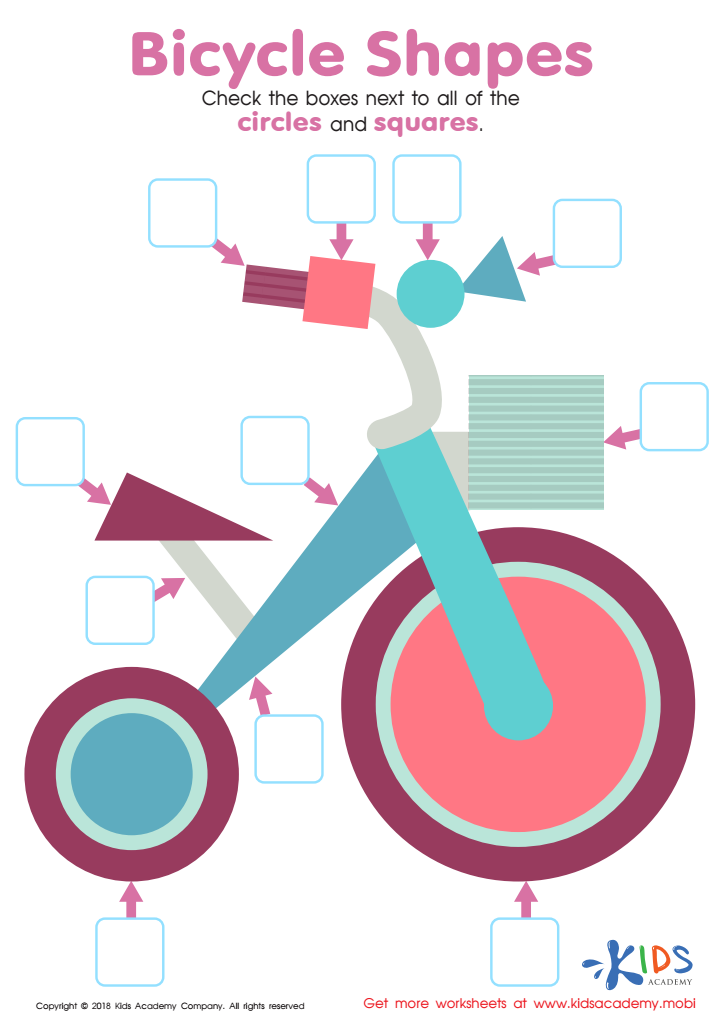

Bicycle Shapes Worksheet
Visual perception geometry is a foundational aspect of early childhood education that significantly influences a child’s cognitive development and learning outcomes. For children aged 3-8, developing strong visual perception skills enhances their ability to understand shapes, sizes, and spatial relationships. This understanding is crucial for tasks such as problem-solving and critical thinking, which lay the groundwork for more complex math skills later on.
Parents and teachers should care about visual perception geometry because it not only supports academic growth but also aids in everyday activities. Engaging children in geometric concepts helps them improve their spatial awareness, which is essential for navigating their surroundings, organizing materials, and even participating in sports.
Moreover, skills in visual perception geometry contribute positively to a child's confidence and creativity. As children learn to recognize patterns and spatial relationships, they develop a sense of accomplishment that can encourage a stronger interest in STEAM (Science, Technology, Engineering, Arts, and Mathematics) fields. By fostering these skills through play, hands-on activities, and intentional teaching strategies, parents and educators can build a strong foundation that will benefit children throughout their educational journey and beyond.
 Assign to My Students
Assign to My Students
